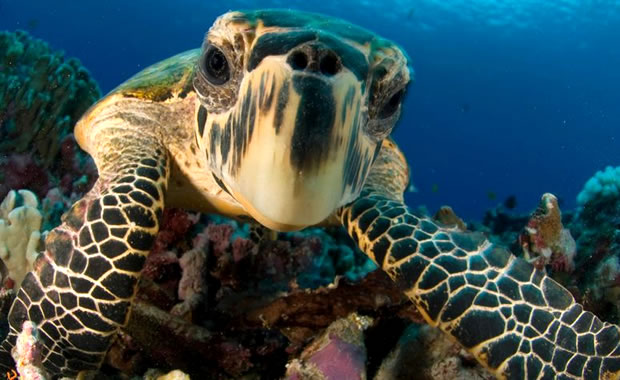

Long-tailed Otter
|
Creature Profile
Also called the Neotropical river otter, the long-tailed otter is found throughout Central and South America. Only the South American population is federally listed and protected. It is very similar in appearance to all other American river otters, possessing a long body, a flat head with small ears, and a broad muzzle with whiskers. The neck is thicker than the head, and its fur is short, dense and sleek, with coarse, shiny guard hairs overlaying its soft, woolly undercoat. Its feet are equipped with strong claws and webs for swimming. Adults can reach up to 38 inches with a tail length of 26 inches. They can weigh up to 25 lb.
The long-tailed otter is found in a wide variety of environments, including rivers, streams and creeks, freshwater lakes, marshes and pools, wetlands and lagoons. They can live in evergreen and deciduous forests in both warm and cool climates, by the sea or in the rainforest. The long-tailed otters prefers to eat fish and crustaceans, but they are opportunistic hunters and will eat anything they can get their claws on easily, including reptiles and amphibians, mammals, birds, and molluscs. Long-tailed otters are nocturnal and are not very social except when it is time to mate. Breeding occurs mostly in the spring, but can occur any time of the year. The female gives birth to up to six pups after a gestation period of 56 to 86 days.
Causes of decline include habitat degradation and destruction, water pollution, and hunting for its fur. Otters are also considered competitors for fish by fishermen and are sometimes shot and killed because of this. Some otters are caught accidentally in fishing nets and traps. This species is highly protected, but enforcement of the law is very variable. In many areas, the laws are said to have very little affect.
Wikipedia Article

|
Wikipedia Article Copyright Notice: This article is licensed under the GNU Free Documentation License. It uses material from the Wikipedia article "Neotropical otter". |
May 9, 2017
Glenn, C. R. 2006. "Earth's Endangered Creatures - Long-tailed Otter Facts" (Online). Accessed 4/28/2024 at http://earthsendangered.com/profile.asp?sp=312&ID=11.
Need more Long-tailed Otter facts?



